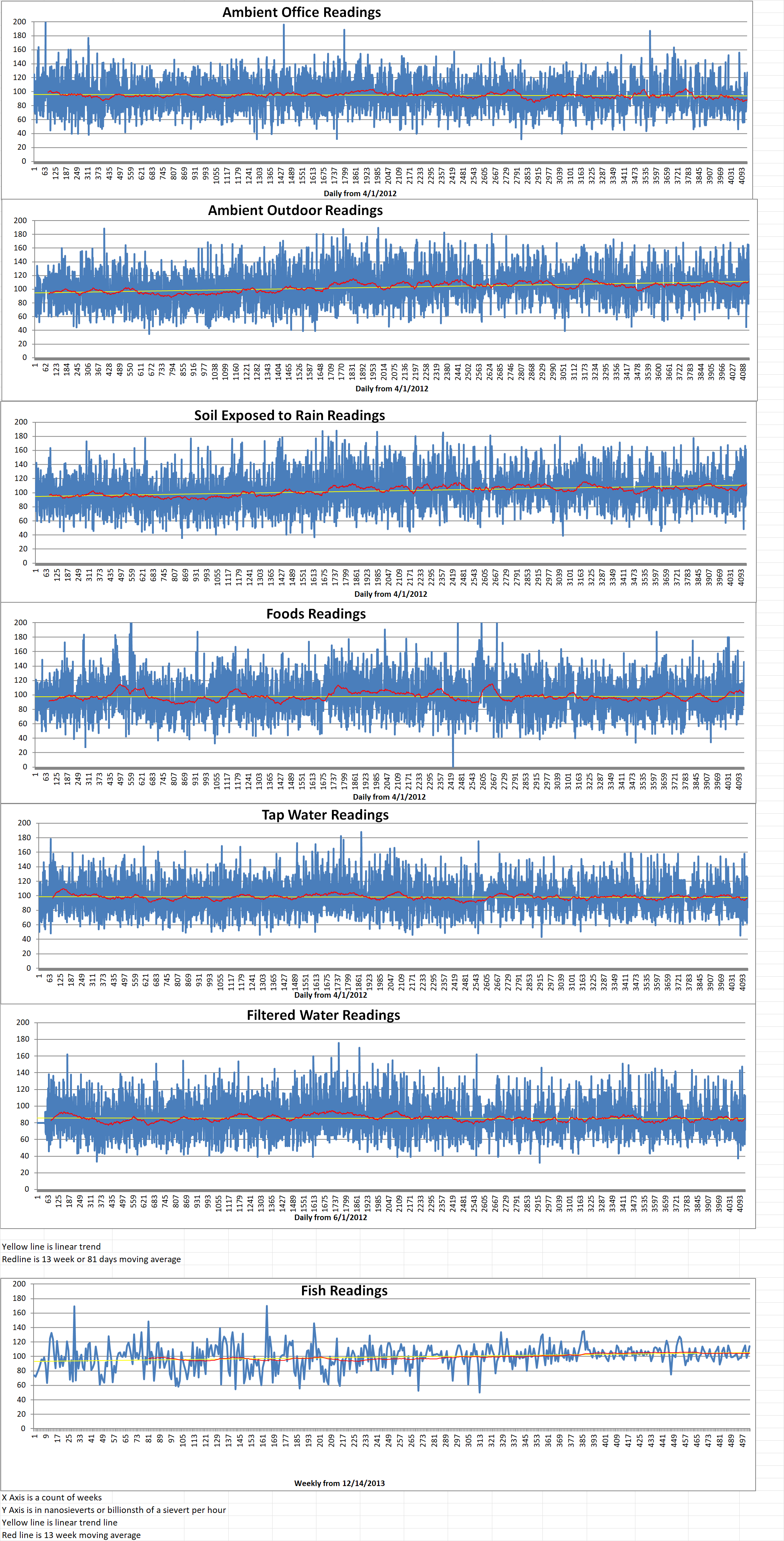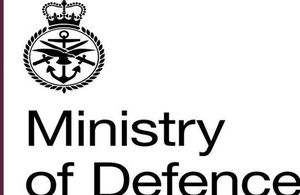Part 1 of 2 Parts
NextEra Energy owns the Seabrook Nuclear plant and it is proposing changes to its emergency response plan. Advocates and lawmakers in New Hampshire and Massachusetts have raised concerns about whether it would reduce protections in the case of a nuclear emergency.
NextEra has filed a proposal with the U.S. Nuclear Regulatory Commission (NRC) to standardize emergency plans for four nuclear power plants. These include the Seabrook in New Hampshire, Point Beach in Wisconsin, and St. Lucie and Turkey Point in Florida.
The NextEra proposal includes 49 changes characterized as potential “reductions in effectiveness.” In the filing, they say they’ve provided “detailed justification” for those requested changes. They added that the plan “continues to provide an adequate response to radiological emergencies.”
Changes described as potential reductions in effectiveness in the proposal include NextEra seeking to reduce the number of staff assigned to particular emergency functions. They want to increase response times for certain emergency response positions from 60 minutes to 90 minutes.
Scott Burnell is a spokesperson for the NRC. He said that “reduction in effectiveness” refers to a proposed change that would be less effective than the company’s current plan. However, he noted that regulators would “reject any changes that would fail to effectively protect the public. The NRC requires nuclear power plants to have emergency preparedness procedures that will effectively protect the public if necessary. A plant’s existing procedures can exceed that standard, so a “reduction in effectiveness” in that case will continue to effectively protect the public. A “reduction in effectiveness” cannot result in an ineffective plan.”
Bill Orlove is a spokesperson for NextEra. He said that a reduction in effectiveness “does not imply that the change is degrading emergency preparedness. In fact, most of the changes that are in that list are consistent with current NRC guidelines or industry standards, but we must still characterize them as reductions, compared to the last emergency plan that was approved by NRC.”
Sarah Abramson leads the C-10 Research and Education Foundation (CREF). It is a group that advocates for safety for people who live near the Seabrook plant. She says her group is concerned about the changes. She specifically mentioned the potential reliance on people working remotely if an emergency were triggered by a storm.
Abramson said, “Weather events have coinciding consequences. They cause widespread power outages. They can affect cellular communication. The more you place reliance on remote wireless communication as your sort of sole singular plan to communicate in an emergency, I think we’re walking down a dangerous road of having many single points of.”
For Abrahamson, a “reduction in effectiveness,” whether bureaucratic terminology or not, is a cause for concern.
She added that, “We want to see Chairman Hanson and the rest of the commission, when they’re looking at this type of proposal, or this one specifically, to reject anything that would reduce the effectiveness of an emergency plan. Even one reduction in effectiveness is unacceptable, let alone 49.”
Please read Part 2 next
Blog
-

Nuclear Reactors 1337 – NextEra Energy Wants To Make Reductions In Its Emergency Plan For Nuclear Accidents – Part 1 of 2 Parts
-

Geiger Readings for January 15, 2024
Ambient office = 80 nanosieverts per hour
Ambient outside = 100 nanosieverts per hour
Soil exposed to rain water = 101 nanosieverts per hour
Mini cucumber from Central Market = 73 nanosieverts per hour
Tap water = 158 nanosieverts per hour
Filter water = 148 nanosieverts per hour
-
Nuclear News Roundup January 15, 2024
Hinkley Point C nuclear power station delayed by up to four more years uk.news.yahoo.com
Estonia plans small nuclear reactor to quit oil shale by 2030 euractiv.com
IAEA Delivers Report to Estonia on its Nuclear Power Infrastructure Development iaea.org
Japan’s TEPCO Tests Drones for Wrecked Nuclear Plant in Decommissioning First usnews.com
-
Nuclear News Roundup January 14, 2024
Russia’s Putin to visit Egypt to lay foundation of El-Dabaa nuclear power plant newarab.com
Microsoft hires Archie Manoharan as director of nuclear technologies, joins from micro modular reactor firm datacenterdynamics.com
Seoul doubts North Korea’s underwater nuclear test rfa.org
Biden Drops Nuclear Regulator Nominee After Senate Backlash huffpost.com
-

Geiger Readings for January 14, 2024
Ambient office = 80 nanosieverts per hour
Ambient outside = 136 nanosieverts per hour
Soil exposed to rain water = 146 nanosieverts per hour
Green onion from Central Market = 115 nanosieverts per hour
Tap water = 82 nanosieverts per hour
Filter water = 69 nanosieverts per hour
-
Nuclear News Roundup January 13, 2024
Are Nuclear-Armed Nations Entering a New Arms Race in 2024? Experts Weigh In. truthout.org
Nuclear tensions on the Korean Peninsula set to worsen in 2024 icanw.org
Is Kim Jong-un Really Planning an Attack This Time? Nytimes.com
Ukraine war drives shift in Russian nuclear thinking: Study timesofindia.com
-

Geiger Readings for January 13, 2024
Ambient office = 87 nanosieverts per hour
Ambient outside = 122 nanosieverts per hour
Soil exposed to rain water = 122 nanosieverts per hour
Blueberry from Central Market = 100 nanosieverts per hour
Tap water = 85 nanosieverts per hour
Filter water = 76 nanosieverts per hour
Dover Sole from Central = 114 nanosieverts per hour
-

Nuclear Weapons 843 – The United Kingdom Is Hiding The Contribution That Civilian Nuclear Programs Contribute To Nuclear Weapons – Part 2 of 2 Parts
Part 2 of 2 Parts (Please read Part 1 first)
In 2017, evidence was submitted to a parliamentary public accounts committee investigation of the deal to build Hinkley Point C power plant. On the basis of the evidence, the committee asked the then MoD head (who previously oversaw civil nuclear contract negotiations) about the military nuclear links. His response was:
“We are completing the building of the nuclear submarines which carry conventional weaponry. We have at some point to renew the warheads, so there is very definitely an opportunity here for the nation to grasp in terms of building up its nuclear skills. I do not think that that is going to happen by accident; it is going to require concerted government action to make it happen.”
This is even more evident in government actions than words. For example, hundreds of millions of pounds have been dedicated to a nuclear innovation program and a nuclear sector deal which is “committed to increasing the opportunities for transferability between civil and defense industries.”
Despite all this, military pressures for nuclear power development are not widely recognized in the U.K. On the few occasions when it receives media attention, the U.K. government has officially denied the link.
Other nations with nuclear weapons are also striving to maintain expensive military infrastructures (especially around submarine reactors) just when the civilian industry is fading into obsolesce. This is the case in the US, France, Russia and China.
Other countries tend to be more honest about it, with the interdependence acknowledged at the executive level in the US for instance. French president Emmanuel Macron stated that: “without civil nuclear power, no military nuclear power, without military nuclear, no civil nuclear.”
This is one of the main reasons why nuclear-armed France is pressuring the European Union to support nuclear power. This is also why non-nuclear-armed Germany has phased out the nuclear technologies it once led the world in. Other nuclear-armed states are disproportionately fixated by nuclear power.
These military pressures help explain why the U.K. refuses to acknowledge poor nuclear performance, yet is so supportive of general nuclear skills. Powerful military interests are driving this persistence with characteristic secrecy and active PR.
Neglect of this situation makes it all the more disturbing. Outside defense budgets, off the public books and away from due scrutiny, expensive support is being dedicated to a joint civil-military nuclear industrial base mainly to help fund military needs. These hidden subsidies make nuclear submarines look affordable, but electricity and climate action more costly.
The conclusions are not obvious. Some might argue military needs justify excessive nuclear costs. But history teaches that policies are more likely to go awry if reasons are hidden. In the U.K., nuclear realities have been strongly officially denied. However, the issues are not just about energy, or climate, but democracy.
If nuclear weapons could be abandoned, then a great deal of public money would be released to spend on renewable energy sources. This would allow the mitigation of climate change to proceed much more quickly. -
Nuclear News Roundup January 12, 2024
Trump claims he prevented ‘nuclear holocaust’ in released deposition tapes – video theguardian.com
Russia shoots down US proposal to restart nuclear arms control talks thehill.com
N. Korea’s January ideological propaganda focuses mainly on nuclear program achievements dailynk.com
Abandoning nuclear weapons and internal rebellions: Senior Ukrainian official explains when talks with Russia are possible news.yahoo.com
-

Geiger Readings for January 12, 2024
Ambient office = 90 nanosieverts per hour
Ambient outside = 129 nanosieverts per hour
Soil exposed to rain water = 136 nanosieverts per hour
Bannana from Central Market = 93 nanosieverts per hour
Tap water = 80 nanosieverts per hour
Filter water = 69 nanosieverts per hour
